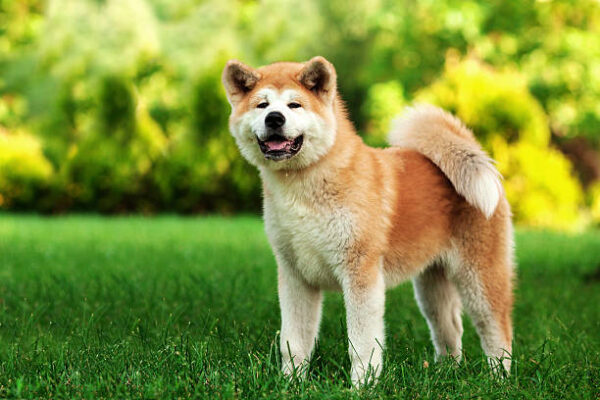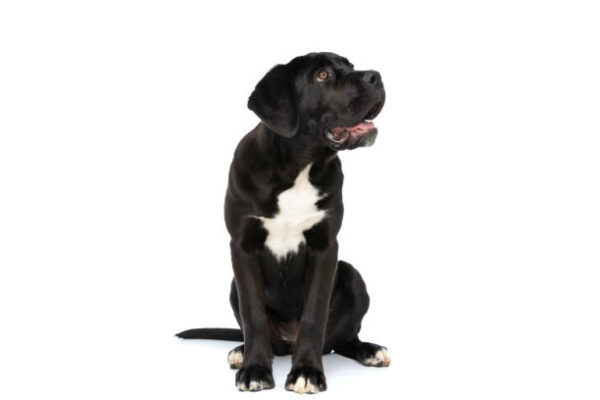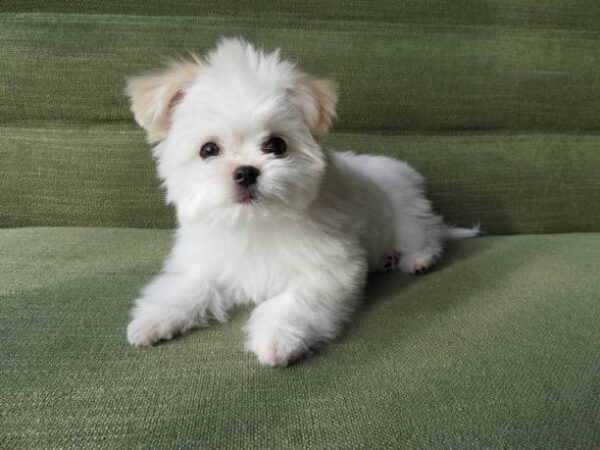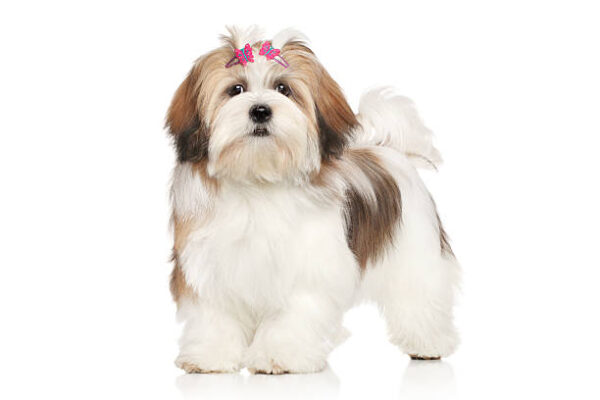Your cart is currently empty!
Parson Russell Terrier
Parson Russell Terrier The Parson Russell Terrier takes its name from the Reverend John Russell, a hunting clergyman, who inherited his interest in hunting and terriers from his father. Devotees of the breed formed clubs, kept their own registry with recorded pedigrees and ran their shows outside The Kennel Club’s jurisdiction. However, some fanciers of […]
Description
Parson Russell Terrier
The Parson Russell Terrier takes its name from the Reverend John Russell, a hunting clergyman, who inherited his interest in hunting and terriers from his father.
Devotees of the breed formed clubs, kept their own registry with recorded pedigrees and ran their shows outside The Kennel Club’s jurisdiction. However, some fanciers of the breed who wanted to join with The Kennel Club split away, and in 1983 drew up a breed standard based on that of Arthur Heinemann, who had been a disciple of the Reverend John Russell. The new club stated as its aim the promotion of the genuine Jack Russell.
General appearance of Parson Russell Terrier
Workmanlike, active and agile, without exaggeration. Built for stamina and endurance, overall picture of balance and flexibility. Honourable scars permissible.
Characteristics
Originally a terrier bred to work fox, a confident, energetic and happy dog that has the ability and conformation to go to ground.
Temperament
Bold and friendly.
Head and skull
Head wedge shaped. Skull flat, moderately broad, gradually narrowing to the eyes. Cheeks not prominent. Stop shallow. From nose to stop slightly shorter than from stop to occiput. Nose black.
Eyes
Dark, almond shaped, never prominent. Keen, intelligent expression.
Ears
Size in proportion with the head. V-shaped, dropping forward, tip of ear to be level with outer corner of eye. Fold not above top of skull. Leather of moderate thickness.
Mouth
Jaws strong, muscular. Teeth of a good size and set square to the jaws, with a perfect, regular and complete scissor bite, i.e. upper teeth closely overlapping lower teeth and set square to the jaws.
Neck
Clean, muscular, of good length, gradually widening and well set into the shoulders.
Forequarters
Shoulders long and sloping, well laid back, cleanly cut at withers. Upper arm of equal length to the shoulder and at such an angle that the legs are carried well back under the body, below the point of the withers. Legs strong and straight turning neither in nor out, strong, flexible pasterns. Elbows close to body, working free of the sides. Moderate width between forelegs. Length of forelegs should be slightly greater than depth of body.
Body
Overall length from point of shoulder to point of buttock slightly greater than height from withers to ground. Chest of moderate depth, not extending below point of elbow. Capable of being spanned behind the shoulders by average sized hands. Ribs carried well back, not over-sprung nor slab-sided. Back strong, straight and flexible. Loin strong and slightly arched. Well balanced.
Hindquarters
Strong, muscular, with well-developed second thigh. Good angulation and bend of stifle without exaggeration. Hocks set low and rear pasterns parallel, giving plenty of drive.
Feet
Compact with firm pads, toes moderately arched, never flat or open, turning neither in nor out.
Tail
Previously customarily docked.
Docked: Length complementing the body. Strong, preferably straight, moderately high set, carried well up on the move, may be carried lower when relaxed.
Undocked: Of moderate length, preferably straight, giving a general balance to the dog. Thick at the root and tapering towards the tip. Moderately high set, carried well up on the move, may be carried lower when relaxed.
Gait/movement
Free-striding, ground-covering gait, without exaggeration. Strides should be of good length, never stilted or high-stepping. Hindquarters providing plenty of drive. Well co-ordinated; straight action front and behind.
Coat
Whether rough, broken or smooth naturally harsh, flat, straight, close and dense with good undercoat. Weather resistant. Belly and undersides coated. Skin thick and loose. The prepared coat should appear natural, never clipped.
Colour
White or predominantly white with tan, lemon or black markings, or any combination of these colours. The colour preferably confined to the head and/or root of tail, but a little body colour is acceptable.
Size
Ideal height at withers: dogs 36 cms (14 ins), bitches 33 cms (13 ins). Most importantly soundness and balance should be maintained whilst taking into account that this terrier, bred to work fox, should be capable of being spanned behind the shoulders by average sized hands.
Faults
Any departure from the foregoing points should be considered a fault and the seriousness with which the fault should be regarded should be in exact proportion to its degree and its effect upon the health and welfare of the dog and on the dogs ability to perform its traditional work.
Note
Male animals should have two apparently normal testicles fully descended into the scrotum.





